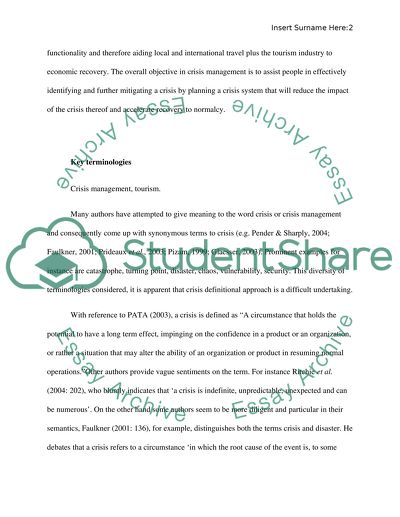Cite this document
(“Tourism Crisis Management Essay Example | Topics and Well Written Essays - 2000 words”, n.d.)
Tourism Crisis Management Essay Example | Topics and Well Written Essays - 2000 words. Retrieved from https://studentshare.org/tourism/1487936-tourism-crisis-management
Tourism Crisis Management Essay Example | Topics and Well Written Essays - 2000 words. Retrieved from https://studentshare.org/tourism/1487936-tourism-crisis-management
(Tourism Crisis Management Essay Example | Topics and Well Written Essays - 2000 Words)
Tourism Crisis Management Essay Example | Topics and Well Written Essays - 2000 Words. https://studentshare.org/tourism/1487936-tourism-crisis-management.
Tourism Crisis Management Essay Example | Topics and Well Written Essays - 2000 Words. https://studentshare.org/tourism/1487936-tourism-crisis-management.
“Tourism Crisis Management Essay Example | Topics and Well Written Essays - 2000 Words”, n.d. https://studentshare.org/tourism/1487936-tourism-crisis-management.


